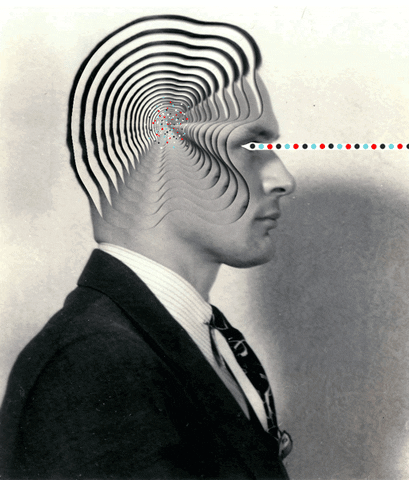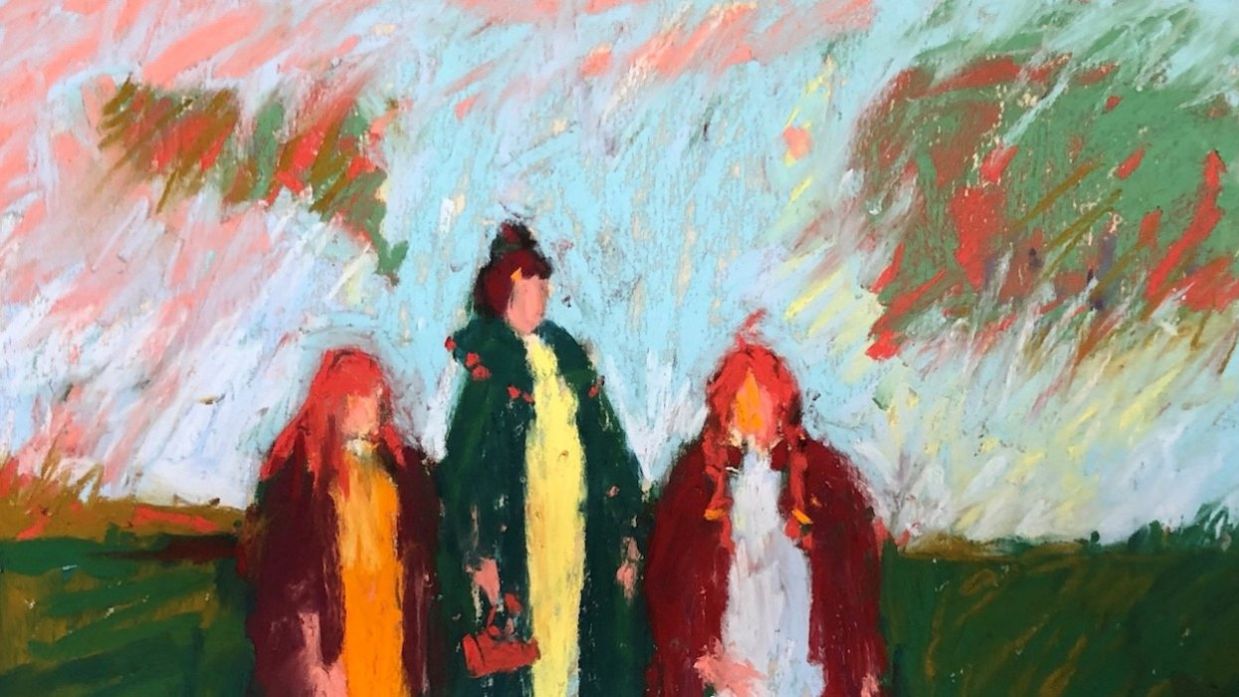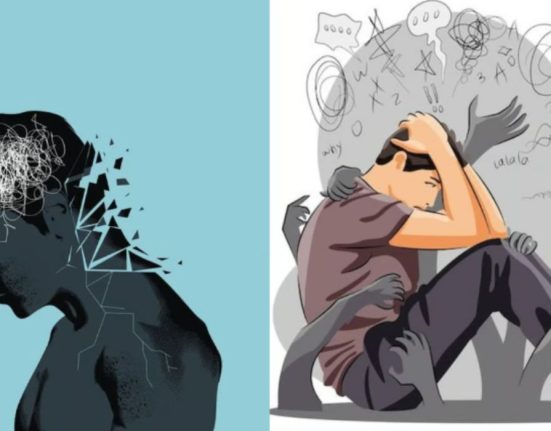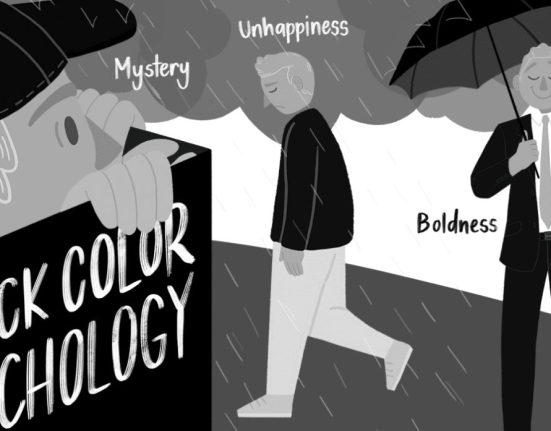Every type of art has always reflected its civilization. It reflects a generation’s ideals, ideas, and ethos and can even influence society. The move from pre-modernity to modernity was one of the most remarkable art changes. This shift, characterized by the move from teleological to abstract, ambiguous art, was deeply influenced by the changing philosophies of society and the secularization of communal thought. In this article, we’ll explore how this transition reshaped art, while never arguing that ambiguous art is “bad.” Instead, we’ll reveal its deep connection to the overall thinking of society, where the loss of telos, or purpose, became non-consequential in art but of great consequence in society’s collective mindset.
Telos in Pre-Modernity – A Reflection of Religious Thought
In the era of pre-modernity, society was firmly rooted in religious thought. The prevailing philosophy of the time was deeply influenced by the idea of “telos,” the belief in purpose and intent behind everything. This worldview stemmed from the belief that God created humanity with a specific purpose. Unsurprisingly, this concept of purpose infiltrated every aspect of life, including art.
Renaissance artists like Michelangelo demonstrate this impact. Teleology was common in pre-modern art, as shown by his Sistine Chapel ceiling. Even though the art was incredibly creative, it still maintained a clear purpose and intent, with religious undertones guiding the brushstrokes.
The Catalyst for Change – The Age of Enlightenment
The transition from pre-modernity to modernity was not a sudden shift but a gradual process, marked by significant events such as the Age of Enlightenment. This period emphasized reason, logic, science, and evidence, gradually leading society away from religious dogma towards a more secular worldview. It was in this shift that we witnessed the birth of modernity and the rise of abstract art.

Artists like Robert Delaunay and Wassily Kandinsky began to create works that defied the telos-driven patterns of the past. Their abstract pieces, void of any clear purpose, allowed art to become more of an individual experience. The loss of telos in art was not a detriment but rather a creative transformation, with a strong emphasis on color, shape, and ambiguity. While art went through a change, the more profound consequences of this shift were seen in society itself.
Modernity and the Rise of Individuality
The modern age placed a higher value on individuality and a shift away from teleological understanding. This shift manifested in abstract art, which offered a unique, individualized experience for each viewer, allowing them to define the meaning for themselves. While this was fascinating in the world of art, it had more profound implications for society.
Modernity’s emphasis on secular thought led to a departure from the previously understood purpose of humanity, rooted in religious beliefs. Art, being a reflection of the creator’s beliefs and soul, echoed this transformation, with abstract art lacking a clear purpose. Art was no longer constrained by teleological boundaries, but this change wasn’t merely a stylistic choice—it was a reflection of a deeper societal belief in purposelessness and ambiguity.

Post-Modernity – Subjectivity and the Deterioration of Truth
As society moved into the age of Post-Modernity or Liquid-Modernity, we witnessed yet another transition in the realm of art. This phase brought forth a further focus on individualism, carried to extremes. As society continued to embrace the idea that truth is subjective, art evolved to reflect this. It became more malleable, allowing it to be whatever an individual wanted it to be. While this extreme individualism might be considered a beautiful aspect of art, it also signaled a deep-seated problem. The shift in thinking marked a deterioration of society’s understanding of truth, further underscoring the fact that art is intrinsically tied to the prevailing philosophies of the time.
The evolution of art from teleological to abstract and ambiguous is a reflection of society’s shifting philosophies and beliefs. While the loss of purpose in art may not be a negative aspect, it is indicative of the profound changes in societal thinking. Art continues to reflect the changing human experience as it evolves. Ambiguity in art challenges our perceptions and sparks relevant dialogues about society’s values and ideas.

Also Read: The Bystander Effect: When Several Witnesses Lead to Few Heroes









Leave feedback about this